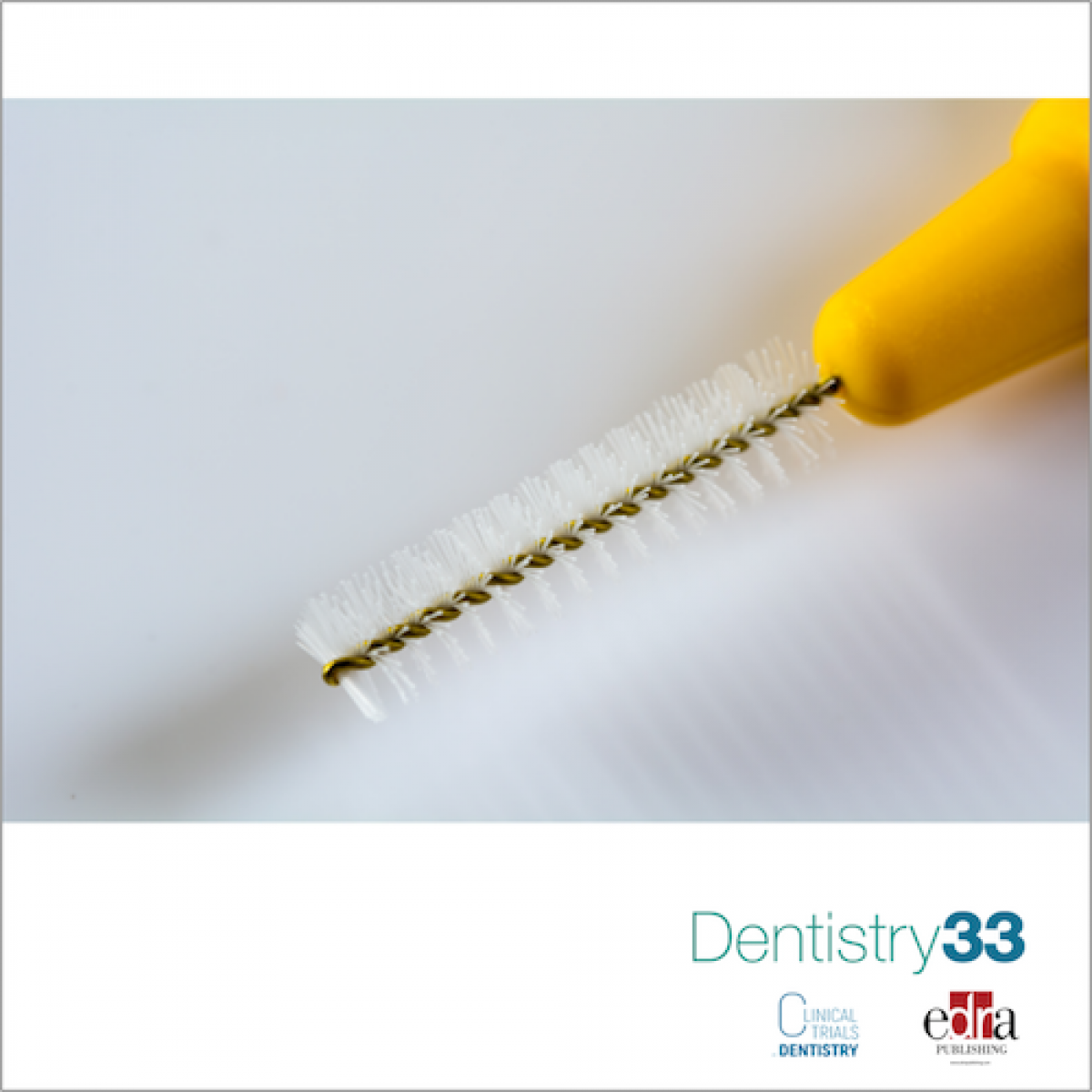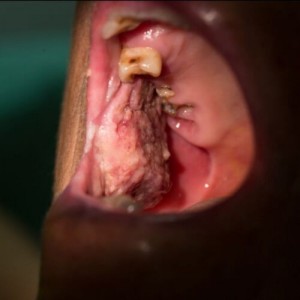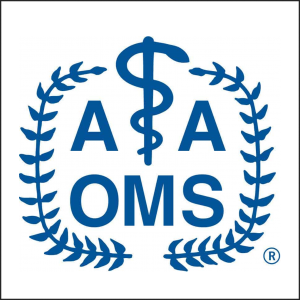
Plaque reduction after different numbers of interdental brush strokes - a split-mouth randomized controlled trial
Authors:Francesco Fugazzaro, Monica Giani, Umberto Pagliaro, Lorenzo Franchi, Michele Nieri
OBJECTIVES. The aim of this study was to evaluate the number of strokes of an interdental brush required to remove interproximal plaque; zero, one, two, four, eight, and sixteen interdental brush strokes were compared.
MATERIALS AND METHODS. This was a split-mouth, single-centre, investigator-blinded randomized controlled trial. The mouths of 24 patients were virtually split into six segments, five of which were to be brushed with different numbers of strokes, and the other serving as a negative control (no brushing). Plaque was recorded before and after interdental brushing at six sites on each of the teeth in each segment (four interproximal plus buccal and lingual surfaces). Segment randomization was computer-generated, and allocation concealment was performed via sequentially numbered opaque sealed envelopes.
The primary outcome of the study was plaque index reduction, measured dichotomously. Mixed modelling and Tukey’s HSD were applied, using the difference in plaque index recorded between baseline and post-brushing as an outcome variable.
RESULTS. All 24 patients completed the study. With respect to baseline, interproximal plaque was removed from 3.6 more interproximal sites in controls (no brushing), 7.4 sites after 1 stroke (forth and back), 9.8 sites after 2 strokes, 9.7 sites after 4 strokes, 10.9 sites after 8 strokes, and 13.3 sites after 16 strokes (adjusted figures). The difference between stroke counts in terms of plaque removal was statistically significant (P<0.0001). In particular, a significant difference in plaque removal was detected between one stroke and no interdental brushing (difference: 3.9 sites, 95% Cl from 0.8 to 7.0), while there was no statistically significant difference between 1, 2, and 4 strokes.
Likewise, there was no statistically significant difference between 8 and 16 strokes (difference: 2.4 sites, 95% Cl from -0.6 to 5.4), whereas 8 strokes removed significantly more bacterial plaque than 1 stroke (difference: 3.5 sites, 95% Cl from 0.4 to 6.5).
CONCLUSIONS. Each number of strokes removed significantly more plaque than controls, but eight strokes (forth and back, four in the buccal interdental space and four in the lingual interdental space) appears significantly more effective than one stroke (forth and back, in the buccal interdental space) in terms of plaque removal. Hence, eight interproximal brush strokes (four buccal and four lingual) should be performed in each interdental space to achieve considerable removal of dental plaque.
 Read more
Read more
Implantology 17 October 2025
To investigate whether cross-section imaging influences the planning and therapy of standard implant cases in the posterior mandible.
Editorials 17 October 2025
In her new role she is providing direction and supporting initiatives that elevating UFCD's translational research agenda.
Products 17 October 2025
Presto Dental, a new brand affiliated with the Abra Health Group, proudly announces the grand opening of its flagship Connecticut location in Bridgeport. This state-of-the-art.
News 17 October 2025
The American Association of Oral and Maxillofacial Surgeons (AAOMS) celebrated the achievements of more than 30 individuals at the association’s 107th Annual Meeting, Scientific Sessions and...
Phenom, an applied AI company that helps organizations hire faster, develop better, and retain longer, announced The Aspen Group (TAG) earned the Brandon.










